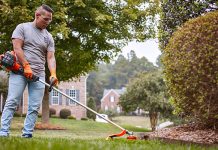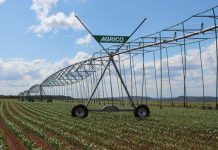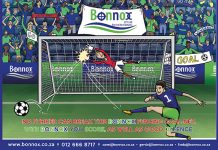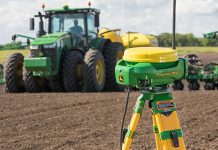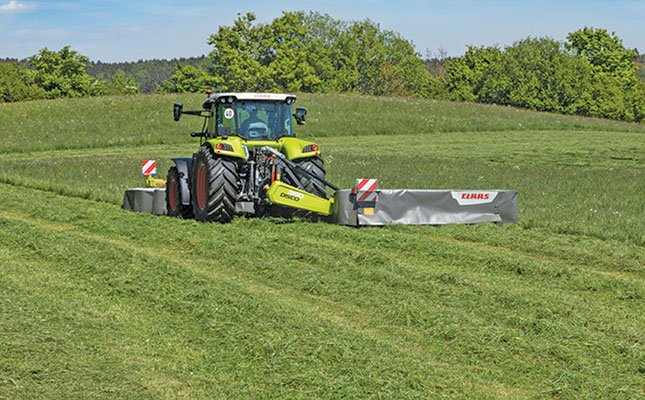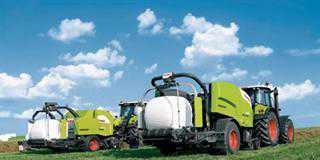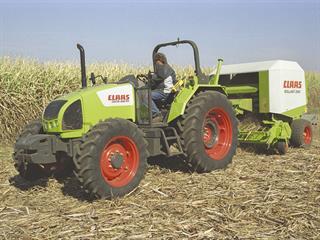
Internationally, environmental concerns and the rising cost of fossil fuels boosted the use of excess cane trash for electricity cogeneration. For more than five years, a mill at Ubombo in Swaziland, has pioneered using cane tops and trash to supplement bagasse, the fibrous residue left after the extraction of the juice from the crushed sugar cane, as fuel.
Bagasse has always been used to fire the boilers used in the extraction process, and by adding cane trash it’s possible to generate extra electrical power.
A report in the Swazi Observer (15 March 2010), noted that the mill’s expansion programme will let the Swaziland Electricity Company (SEC) buy electricity. This mill is one the few in the country that produces its own electricity to service its sugar mill.
CLAAS, which this year celebrates 12 years in mechanised sugar cane harvesting in KZN, has been active worldwide in trash recovery from fields, in countries as diverse as Brazil, India and Swaziland.
CLAAS Rollant 240 Rotofeed balers from Barloworld Equipment Agriculture have been used on surrounding cane
farms for a number of years. A Pottinger self-loading forage wagon from Valtrac, Parys has now joined the team. The material is taken to the mill, shredded, mixed with bagasse and fed into the boilers.
CLAAS equipment in action
Cane trash is difficult to bale and the fixed-chamber CLAAS Rollant 240 RotoFeed round baler, renowned as a contractor’s baler because of its durability and robust performance, is great for baling cane leaves and tops.
Depending on the terrain, the trash doesn’t have to be raked in windrows before baling – uneven and extra wide swaths are cleanly raked up by the heavy duty 2,1m pickup. The RotoFeed rotor pulls the crop from the pickup without interruption and feeds it into the baling chamber, ensuring a smooth flow and high productivity.
Twine or net binding is automated and the number of wrappings can be pre-selected. The drive chains are lubricated automatically, minimising wear and tear. The CLAAS Rollant 240 bales both wet and dry material efficiently and needs only around 50kW, saving on operational costs.


